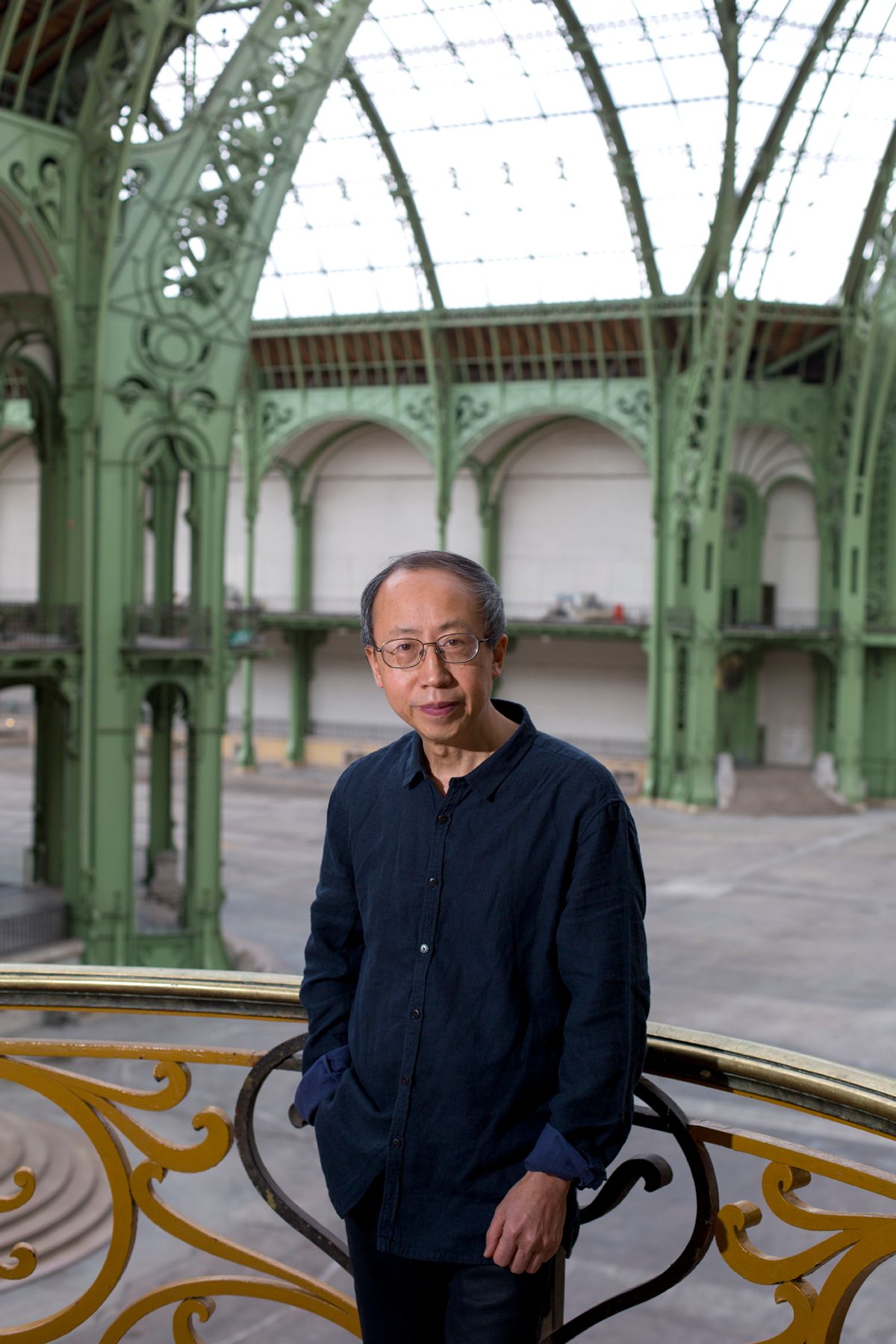The Chinese artist Huang Yong Ping, who represented France at the 1999 Venice Biennale and created provocative works incorporating live and mythical animals, has died aged 65. His death was confirmed by his galleries Kamel Mennour of Paris and New York- and Brussels-based Gladstone Gallery. Linking the traditions of Chinese philosophy with Western modernism, through movements such as Dada, underpinned his practice. “You could say that I love the ‘shock’ of ‘conflict’ between cultures,” he told Apollo magazine.
Hou Hanru, the artistic director of MaXXI in Rome, worked closely with Huang since the 1980s, and curated the Bâton Serpent triumvirate of shows in Rome, Beijing and Shanghai (2014-16). “He was concerned with questions of spirituality and divinity, but also covered geo-politics, providing an alternative viewpoint on the world. He was most concerned with the abomination of rationalism and how to resist it, resorting to alternative thoughts and believe systems,” Hou tells The Art Newspaper.
Huang developed the image of the serpent, referencing the creature in the Bible throughout the three shows. “The snake symbol focused on providing different ideas about religion, giving a different view of the material world. In Rome, he focused on issues relating to the confrontations of religious powers. In China, the animals [featured in installations] were a metaphor for geopolitical conflict. He showed the work Head in Shanghai, a train carriage spilling out a range of decapitated taxidermied animals, which had highly political connotations,” Hou adds.
Huang was born in 1954 in Xiamen, China, and studied at the Zhejiang Academy of Fine Arts from 1978 to 1982. From 1985 to 1987, he was the leader of the radical Xiamen Dada collective, whose motto was "Zen is Dada, Dada is Zen". “In a context of cultural and political revolt, cultivating an artistic strategy of paradox and deconstruction, the artists of the Xiamen Dada group responded to censorship by setting their works on fire,” says a statement from Kamel Mennour.
Asked how Zen and Dada are connected, Huang told Apollo: “By the ‘connection without connection’. One is Western Dadaism from 100 years ago; the other is Chinese Buddhism of the Tang and Song dynasties from 1,000 years ago. However, Zen gave a new interpretation to Buddhist sutras and revolutionised the monastery system. Just as in Dadaism: destruction is creation.”
In 1989, the late artist was invited by curator Jean-Hubert Martin to participate in the influential exhibition Les Magiciens de la Terre at the Centre Pompidou and Grande Halle de la Villette in Paris. Following the Tiananmen Square protests the same year, he decided to settle in France, representing the country at the 1999 Venice Biennale along with Jean-Pierre Bertrand.
Writing in the Guardian, the critic Adrian Searle said: “There are Chinese artists everywhere, even in the French pavilion, where Huang Yong Ping is showing a collection of fanciful cast-aluminium animals, set up on the pavilion roof and on tree trunks round about.”
In 2016, Huang took on the Monumenta commission at Paris’s Grand Palais, filling the vast historic space with his Empires installation comprising more than 300 shipping containers and his signature skeletal snake structure. Théâtre du Monde (1993), a cage-like structure filled with insects and reptiles, remains one of his most notorious works after curators at the Guggenheim Museum in New York removed the piece from the 2017 show Art and China After 1989: Theatre of the World following protests from animal rights activists.
The artist told Time Out Shanghai in 2016: “The important thing for an artist is to break out of art circles, to go beyond just thinking about art and think about bigger issues in the world. It may not be the responsibility of art alone to address these issues, but we should try.”


